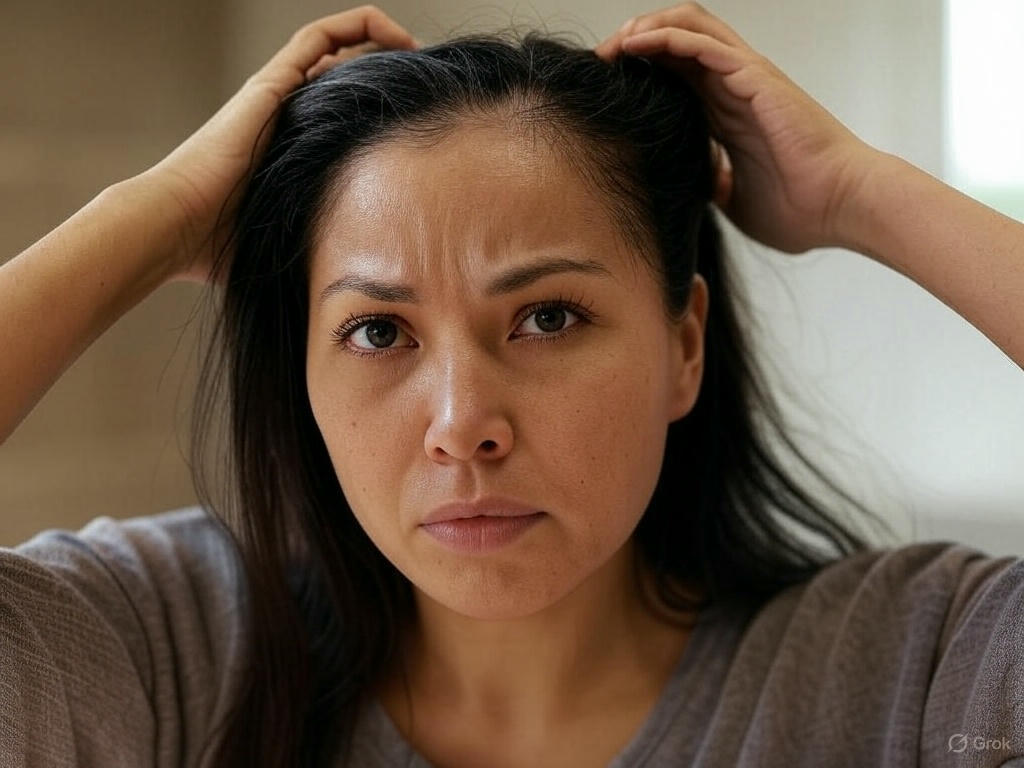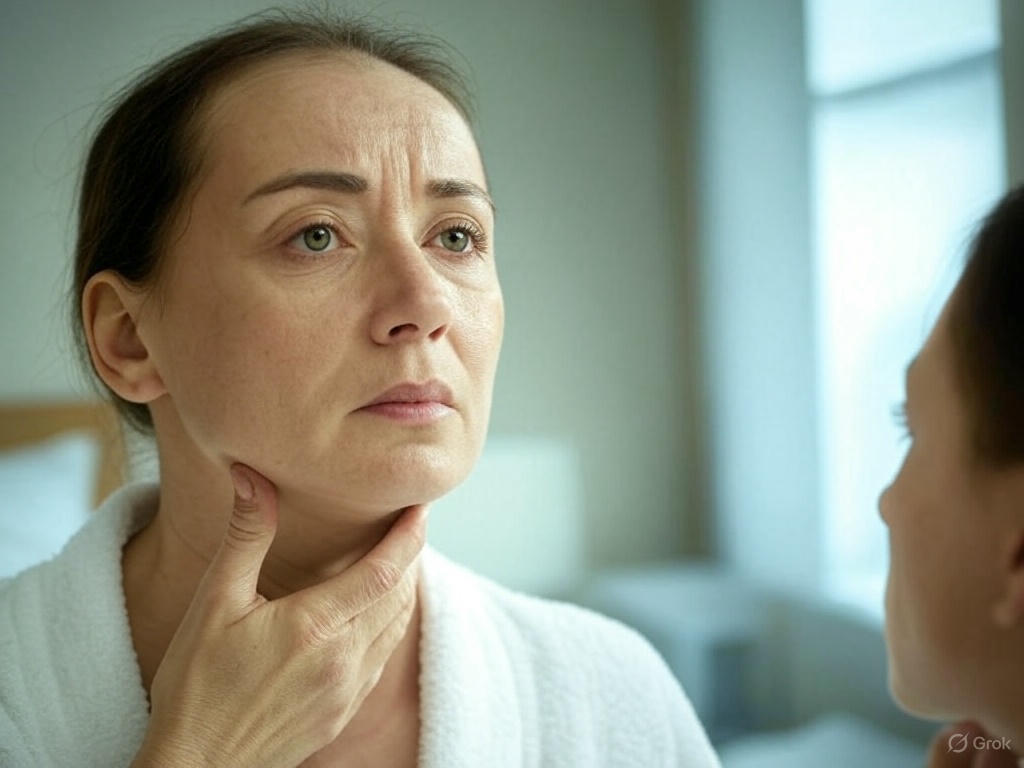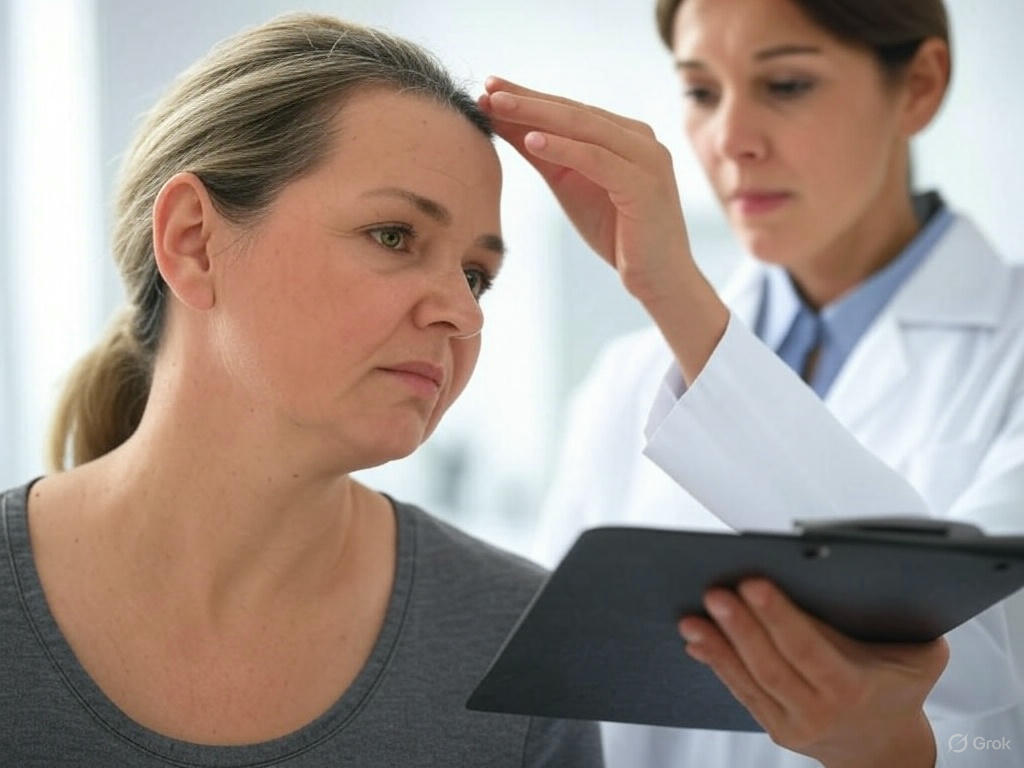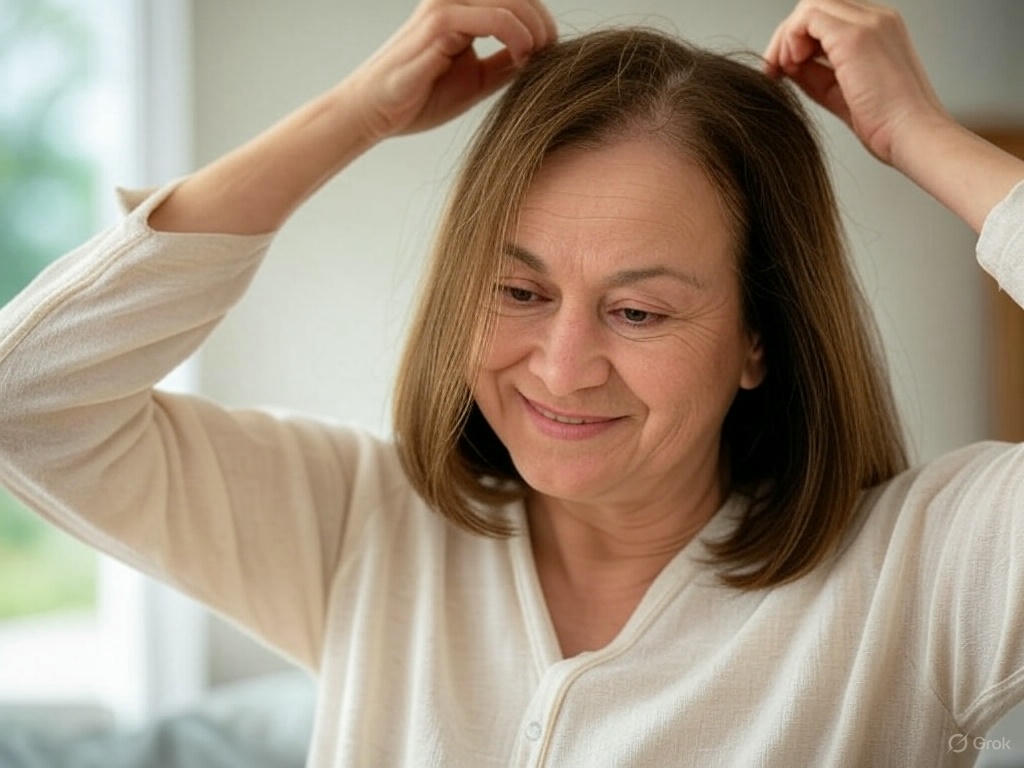1500+ ★★★★★ REVIEWS
Understanding Diffuse Alopecia: A Comprehensive Guide
Diffuse alopecia, a condition characterized by widespread hair thinning across the scalp, affects countless individuals worldwide. Unlike patterned baldness, such as male or female pattern hair loss, diffuse alopecia doesn’t follow a specific pattern and can be triggered by a variety of underlying causes. This comprehensive guide aims to shed light on what diffuse alopecia is, its potential causes, how it’s diagnosed, and the treatment options available—both medical and non-medical. Whether you’re experiencing this condition yourself or seeking to understand it for someone else, this article provides a clear and authoritative overview grounded in medical science and practical solutions.
Table of Contents
What is Diffuse Alopecia?

Diffuse alopecia refers to a type of hair loss where thinning occurs uniformly across the entire scalp rather than in distinct patches or regions. According to the American Academy of Dermatology (AAD), this condition can affect both men and women and is often linked to systemic issues rather than localized scalp problems. Unlike alopecia areata, which causes bald spots, or androgenetic alopecia, which follows a predictable pattern, diffuse alopecia presents as a general reduction in hair density. This can make it harder to notice at first, as there are no obvious bald areas, but over time, the scalp may become more visible through the thinning hair. The condition’s diffuse nature often points to an underlying disruption in the hair growth cycle, which we’ll explore further in the causes section.
Causes of Diffuse Alopecia
Telogen Effluvium: A Common Culprit

One of the most frequent causes of diffuse alopecia is telogen effluvium, a temporary condition where a significant number of hair follicles prematurely enter the resting (telogen) phase of the hair growth cycle. The Mayo Clinic explains that this shift can be triggered by stressors such as severe illness, childbirth, major surgery, or extreme emotional distress. Typically, hair loss becomes noticeable two to three months after the triggering event, with shedding occurring evenly across the scalp. While telogen effluvium is usually reversible once the stressor is resolved, chronic cases can persist if the underlying issue remains unaddressed, making it a key consideration in diagnosing diffuse alopecia.
Nutritional Deficiencies

Another significant factor in diffuse alopecia is nutritional deficiencies, particularly a lack of essential vitamins and minerals like iron, zinc, and vitamin D. Research from the National Institutes of Health (NIH) highlights how iron deficiency, often linked to anemia, can disrupt hair growth and lead to diffuse thinning. Similarly, inadequate protein intake or crash dieting can starve hair follicles of the building blocks they need to produce strong strands. Because hair is not a vital organ, the body prioritizes nutrient allocation elsewhere during deficiencies, resulting in widespread hair loss. Addressing these gaps through diet or supplementation can often reverse the condition, underscoring the importance of a thorough medical evaluation.
Hormonal Imbalances

Hormonal fluctuations are a well-documented cause of diffuse alopecia, affecting both men and women at various life stages. Conditions such as hypothyroidism, hyperthyroidism, or polycystic ovary syndrome (PCOS) can disrupt the hair growth cycle, as noted by the AAD. For example, an underactive thyroid slows metabolism, including hair production, while elevated androgens in PCOS can mimic androgenetic alopecia but present diffusely. Postpartum hair loss, driven by a drop in estrogen levels after pregnancy, is another common hormonal trigger. Identifying and treating the root hormonal issue is critical to halting hair loss and promoting regrowth in these cases.
Medical Conditions and Medications

Certain medical conditions and medications can also lead to diffuse alopecia as a side effect. The NIH lists chemotherapy, autoimmune diseases like lupus, and chronic illnesses such as diabetes as potential culprits. Chemotherapy, for instance, targets rapidly dividing cells, including hair follicles, causing widespread shedding. Similarly, medications like antidepressants, beta-blockers, or anticoagulants may list hair loss as a side effect, according to the Mayo Clinic. When a medical condition or drug is suspected, consulting a healthcare provider to adjust treatment plans or address the illness can mitigate the hair loss over time.
Diagnosing Diffuse Alopecia

Diagnosing diffuse alopecia requires a thorough approach, as its diffuse presentation can stem from multiple causes. The process typically begins with a detailed medical history and physical examination, as outlined by the AAD. A dermatologist may ask about recent stressors, diet, medications, and family history of hair loss to narrow down potential triggers. Blood tests are often employed to check for deficiencies (e.g., ferritin levels for iron), thyroid function, or hormonal imbalances. In some cases, a scalp biopsy or pull test—where a gentle tug reveals how easily hair sheds—may be conducted to assess the hair growth cycle. This multi-faceted approach ensures an accurate diagnosis, paving the way for targeted treatment.
Treatment Options for Diffuse Alopecia
Addressing Underlying Causes
The cornerstone of treating diffuse alopecia is identifying and resolving its underlying cause. If telogen effluvium is to blame, the Mayo Clinic suggests that hair often regrows naturally within six months once the stressor is removed. For nutritional deficiencies, supplements like iron or biotin—under medical supervision—can restore hair health, per NIH recommendations. Hormonal imbalances may require medications like levothyroxine for hypothyroidism or lifestyle changes for PCOS. By tackling the root issue, patients can often see significant improvement without needing additional hair-specific interventions.
Topical and Medical Treatments

When diffuse alopecia persists or requires additional support, topical and medical treatments can help. Minoxidil, a widely used over-the-counter topical solution, is approved by the FDA and endorsed by the AAD to stimulate hair regrowth by prolonging the growth phase of follicles. Applied daily, it may take three to six months to show results. In more severe cases, dermatologists might prescribe oral medications like finasteride (for men) or spironolactone (for women with hormonal triggers), though these are less common for purely diffuse cases. These treatments work best when combined with efforts to address the primary cause, offering a dual approach to recovery.
Non-Medical Solutions: Mesh Integration, Toppers, and Wigs

For those seeking immediate cosmetic solutions or preferring non-medical approaches, options like mesh integration, hair toppers, and wigs provide effective ways to restore confidence and appearance. Mesh integration involves a custom-made hairpiece that blends seamlessly with existing hair, attaching to the scalp via a breathable mesh base. According to the American Hair Loss Association, this method is ideal for diffuse thinning as it adds volume without requiring surgery. Hair toppers, smaller than full wigs, cover specific areas of thinning and clip into natural hair, offering a lightweight, natural-looking boost—perfect for early-stage diffuse alopecia. Full wigs, available in synthetic or human hair, provide complete coverage and come in countless styles, as noted by the National Alopecia Areata Foundation. These solutions don’t treat the underlying condition but offer practical, instant results, often paired with medical treatments for a comprehensive approach.
Lifestyle and Supportive Care

Beyond medical and non-medical interventions, lifestyle changes and supportive care play a vital role in managing diffuse alopecia. A balanced diet rich in protein, omega-3 fatty acids, and vitamins supports hair health, as advised by the NIH. Stress management techniques like meditation or exercise can reduce cortisol levels, potentially minimizing telogen effluvium flare-ups. Gentle hair care practices—avoiding harsh chemicals or heat styling—also prevent further damage, per Mayo Clinic guidelines. For emotional support, connecting with others through support groups can ease the psychological burden of hair loss, making this a holistic approach to treatment.
Conclusion

Diffuse alopecia may feel overwhelming, but understanding its causes, diagnosis, and treatment options—both medical and non-medical—offers a path forward. From temporary setbacks like telogen effluvium to chronic issues tied to hormones or deficiencies, this condition is often manageable with the right approach. Non-medical solutions like mesh integration, toppers, and wigs provide immediate relief, complementing treatments that address root causes. By working with healthcare professionals and leveraging resources from trusted organizations like the AAD and NIH, individuals can regain control over their hair health and appearance. If you suspect diffuse alopecia, don’t hesitate to seek expert advice—early intervention can make all the difference.
FAQs: Diffuse Alopecia
1. What is Diffuse Alopecia?
Diffuse Alopecia is a type of hair loss characterized by widespread thinning across the entire scalp rather than distinct bald patches. It can affect both men and women and is often linked to underlying factors like stress, hormonal changes, or medical conditions, causing hair to shed uniformly without scarring.
2. What causes Diffuse Alopecia?
The condition can be triggered by various factors, including hormonal imbalances (e.g., thyroid issues), nutritional deficiencies (like iron or vitamin D), stress, medications, or illnesses such as autoimmune disorders. Identifying the root cause is key to managing the condition effectively.
3. How is Diffuse Alopecia different from pattern baldness?
Unlike pattern baldness (e.g., male or female pattern hair loss), which follows a specific pattern like a receding hairline or crown thinning, Diffuse Alopecia involves even hair loss across the scalp. Pattern baldness is typically genetic, while diffuse loss often has a reversible trigger.
4. Can Diffuse Alopecia be reversed?
Yes, in many cases, Diffuse Alopecia can be reversed if the underlying cause is addressed. For example, correcting a nutritional deficiency or managing stress may lead to regrowth. However, success depends on early intervention and the specific trigger.
5. What are the symptoms of Diffuse Alopecia?
The primary symptom is noticeable thinning of hair all over the scalp, often accompanied by increased shedding (e.g., more hair on your pillow or brush). The scalp typically remains healthy without inflammation or scarring.
6. How is Diffuse Alopecia diagnosed?
A dermatologist diagnoses Diffuse Alopecia through a physical exam, medical history review, and sometimes blood tests to check for deficiencies or hormonal issues. A scalp biopsy may be done to rule out other conditions if the cause isn’t clear.
7. What treatments are available for Diffuse Alopecia?
Treatment depends on the cause but may include dietary supplements (e.g., iron or biotin), topical minoxidil to stimulate growth, or medications to address hormonal imbalances. Lifestyle changes like stress reduction can also help.
8. Is Diffuse Alopecia permanent?
Not usually. Unlike scarring alopecia, Diffuse Alopecia doesn’t destroy hair follicles, so hair can regrow once the trigger is resolved. However, untreated chronic conditions could prolong thinning.
9. Can stress alone cause Diffuse Alopecia?
Yes, severe or prolonged stress can lead to a subtype called telogen effluvium, where hair follicles prematurely enter the resting phase, causing diffuse shedding. Hair often regrows once stress levels decrease.
10. Who is most at risk for Diffuse Alopecia?
It can affect anyone, but those with a history of hormonal fluctuations (e.g., postpartum women), chronic illness, poor diet, or high stress are more susceptible. It’s not age- or gender-specific, though it’s often noticed more in adults.
You must be logged in to post a comment.